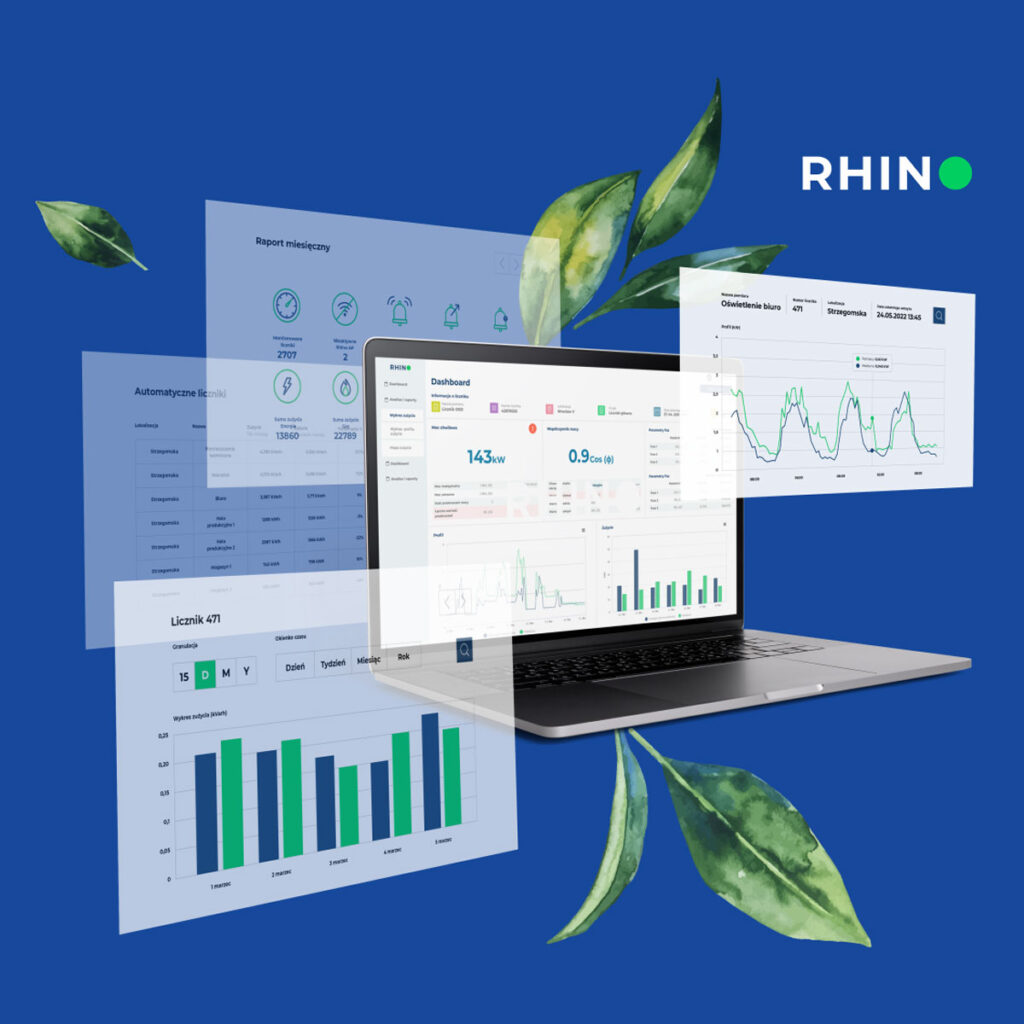The Importance of Utility Consumption Data
In recent years, the commercial real estate sector has learned to appreciate sustainability and environmental, social, and governance (ESG) reporting. Investors and asset managers are now more focused than ever on tracking the carbon footprint and general health of their portfolios, with a number of certifications available worldwide. The business still faces a significant obstacle, though, which is gathering, organizing, and standardizing the essential utility usage data. We’ll look at the challenges in collecting this data in this blog article and how forward-thinking businesses are filling the void.
Global firms must consider the various requirements below based on their geographical operations, as there are many green building certifications available globally. An outline of a few of the most prominent certifications is provided below:
LEED: Developed by the U.S. Green Building Council (USGBC), LEED (Leadership in Energy and Environmental Design) is a widely accepted and utilized standard in the United States.
BREEAM: The Building Research Establishment Environmental Assessment Method, or BREEAM, is a widely utilized approach in Europe that has its roots in the United Kingdom.
GREEN STAR: Mainly used in Australia, this brand was created by the Green Building Council of Australia (GBCA).
DGNB: The German Sustainable Building Council, or DGNB, is responsible for the country’s extensive green building certification program.
HQE: A French system of accreditation for green buildings is called HQE, or High Environmental Quality.
The variations among various certification programs, one thing unites them all: precise utility consumption statistics. The evaluation of a building’s water and energy efficiency, which is a prerequisite for various certifications, depends heavily on these data. Utility consumption data is a fundamental component used to assess a building’s environmental performance and pinpoint areas in need of enhancement.
Utility consumption data is a fundamental component used to assess a building’s environmental performance and pinpoint areas in need of enhancement. A growing trend in regulation requires businesses to disclose their energy consumption to local governments or install sub-meters for more precise usage tracking, in addition to the significance of utility data for certifications.
The goal of this kind of legislation is to promote openness and motivate building owners to take steps to lower their energy use and greenhouse gas emissions. In order to meet compliance requirements and contribute to a sustainable future, commercial real estate stakeholders will need even more precise and comprehensive utility usage data as governments and regulators continue to pass similar rules and policies.
Where do we get the data?
Data aggregation services have surfaced in response to these problems, with the aim of streamlining the utility consumption data collection, normalization, and centralization process from commercial real estate holdings. Through concentrating on surmounting these barriers, these services allow investors and asset managers to acquire the data required for the platforms of their choice.
By automating the data collection process and combining it with several platform solutions, these creative companies provide one-of-a-kind solutions. This makes it easier and more accurate for investors, property managers, and asset managers to keep an eye on the health and carbon footprint of their portfolios.
The Rhino Energy Management Solution
Rhino is an energy management solution that helps reduce utility consumption and supports sustainability initiatives. Rhino presents real-time analytics for the energy, water, and gas consumption of a single room, facility, or multiple facilities in a cloud-based dashboard
Data Aggregation Services
The real estate business uses platform solutions to monitor and control the environmental performance of its assets. For these platforms to give a complete view of a building’s utility usage, they require sub-metering information in addition to main meter consumption data. The industry’s sustainability aims may be hampered by incomplete and inconsistent data, which can result in erroneous analysis.
Many platforms and solutions, including as automated HVAC systems, green investment options, and ESG platforms, are available in the market today to assist organizations in their sustainability push. However, without a strong basis in data collecting, these solutions’ efficacy is constrained. These sustainability activities would not be possible without accurate and thorough utility consumption data, which is essential for organizations to take meaningful action to improve their environmental performance.
Acquiring accurate utility usage statistics is the issue. The collection of trustworthy data is extremely difficult due to aging infrastructure, antiquated protocols, and a variety of legacy systems dispersed over several nations.
Data-Driven Decision Making
Real estate investors and asset managers can enhance their portfolios’ environmental performance by making more educated decisions based on thorough and accurate utility consumption data. When supported by trustworthy data, ESG reporting and certifications like BREEAM take on greater significance.
Furthermore, by identifying potential for energy efficiency and streamlining building operations, such data can help lower carbon emissions and pave the way for a more sustainable future (for additional reading, see this article on the relationship between workplace management and ESG).
What's Next
The difficulties in acquiring precise and thorough utility usage statistics impede the commercial real estate industry’s efforts toward sustainability. Cutting-edge data aggregation services like Rhino are opening the door for a data-driven strategy to address these issues and support the sector in making decisions that will contribute to a more sustainable and environmentally friendly future.
Investors and asset managers may usher in a new era of sustainability in commercial real estate by meeting ESG reporting standards and significantly decreasing the carbon footprint of their portfolios with the appropriate data at their fingertips.

